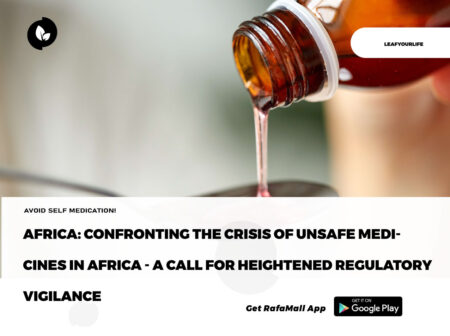
By Nasra Bishumba
The number of people who have contracted cancer since 2015 has more than doubled, rising from 2,115 cases to 5,040 in 2019, the Director of Cancer Diseases Unit at the Rwanda Biomedical Centre (RBC), Marc Hagenimana, has said.
Speaking to The New Times in a telephone interview, Hagenimana said that the numbers have been rising steadily owing to improved awareness and better health information systems that led to increased screening.
“Of course besides that, there is also an increase in the number of cancer types which could be a result of many unhealthy lifestyles, risk factors around the food we eat, failure to incorporate exercise in our daily routines, addiction to technology and many others,” he said.
According to RBC, the number of people that reported to health facilities with cancer were 634 in 2007, 999 in 2011 and 2,933 in 2018.
Cervical cancer still leading
The latest statistics indicate that cervical cancer is still leading, infecting 759 women in 2019, followed by breast cancer which affected 713.
Prostate cancer affected 441 men, while 421 people were diagnosed with stomach cancer, 281 with Leukaemia, 276 with liver cancer, 209 with colon cancer, 200 with skin cancer, 197 with lymphoma and 135 with lung cancer.
Why cervical cancer
As in most African countries, Hagenimana explained that cervical cancer is still leading in Rwanda due to different factors including how easy it is to contract, high levels of HIV and lack of prior screening services among other factors.
“The Human Papillomavirus (HPV) which causes cervical cancer is transmitted through sexual intercourse and in the past, protected sex was not common. In Africa, we had challenges putting in place preventive measures. Most people battling cervical cancer are mostly older because they did not get a chance to be vaccinated,” he said.
He reminded that Rwanda kicked off HPV vaccination programs in 2011 where school girls aged 12 years and above are given doses that will give them an opportunity not to contract cervical cancer.
He explained that unlike developed countries where screening has been ongoing for long, most African countries do not have these services making early and treatment impossible.
Rwanda started cervical cancer screening in 2010.
“Cervical cancer can be avoided if precancerous lesions are detected early enough and that’s why we encourage women to have these screenings. Normally when you test and you see the lesions and treat them fast, a woman will never get this type of cancer,” he said.
Challenges
However, ignorance, myths, culture and use of traditional medicine means that a third of the women with cervical and breast cancer present themselves to health facilities when they are at stage four, meaning that their cases are advanced.
There is also the challenge of geographical and financial barriers which make access to diagnosis and treatment centres very difficult for some.
Hagenimana said that although experts in screening and treatment services were still few, talks with the University of Rwanda regarding adding this to their list of offers.
Rwanda does not have a single person specializing in gynaecologic oncology.
A gynaecologic oncology is a physician who specializes in diagnosing and treating cancers that are located on a woman’s reproductive organs.
Status of screening services
Only seven out of 30 districts have cervical cancer screening programs. This means that these services are available in 17 of 50 hospitals and in 124 of the 510 health centers.
By the end of 2021, the government has plans to have extended these services to 12 districts, 21 hospitals and 248 health centers.
The government is mobilising $13 million (approximately Rwf12bn) to conduct screening sessions for women aged 30-49 for cervical cancer in the next five years.
The funds would not only be used to raise community awareness but also to screen 70 per cent of the 1.4 million women in all health facilities.
So far, the government and its partners have mobilised $2m.
Global situation
Cervical cancer is the fourth most common cancer in women worldwide and a major cause of cancer-related mortality.
Approximately 570,000 new cases and 311,365 deaths were estimated in 2018 worldwide. Over 85 percent of new cases and 80 percent of mortality from cervical cancer occur in low- and middle-income countries.
Read the original article on New Times.













